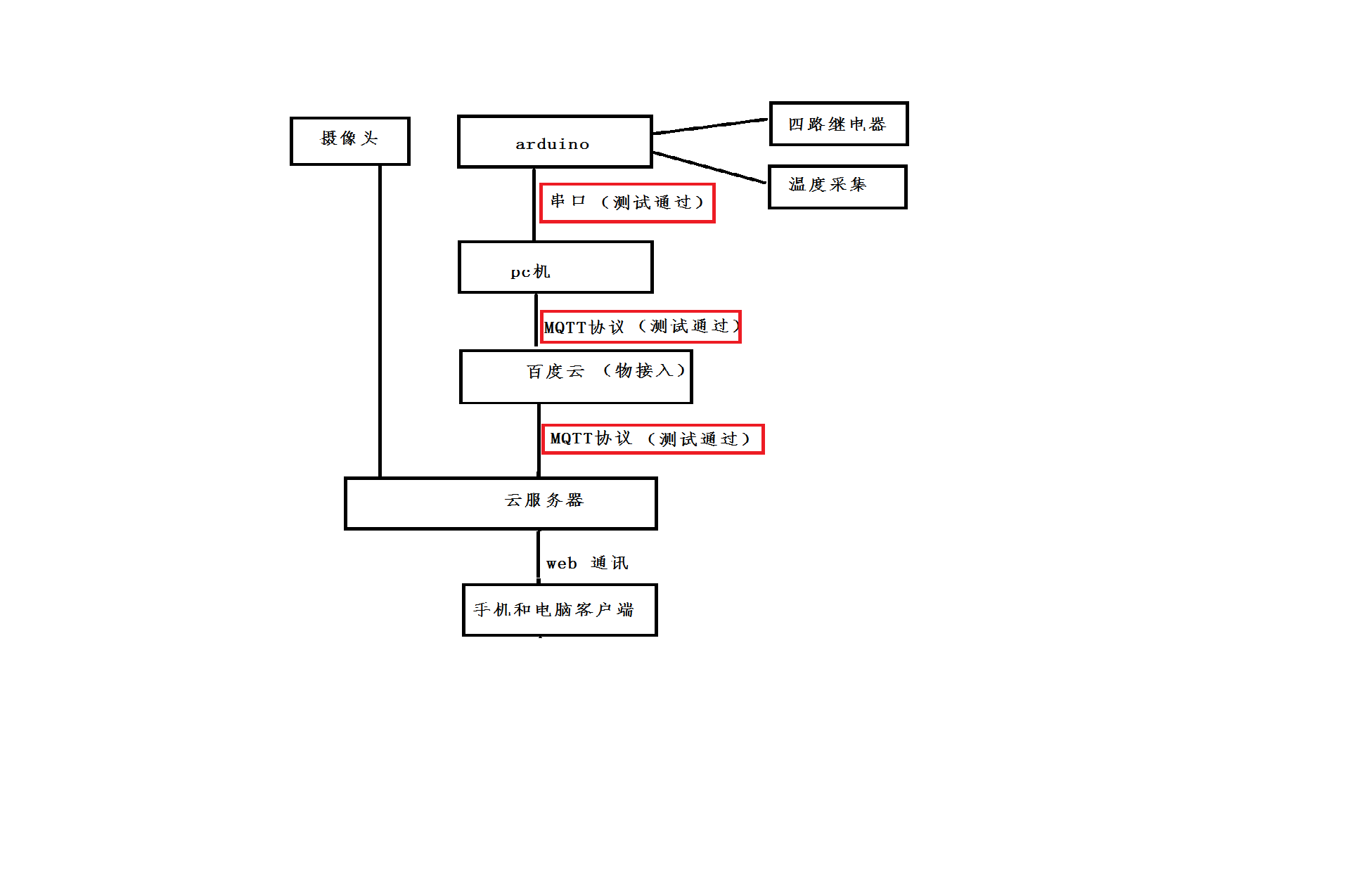MySQL MyISAM和Innodb表生成序列
- 2020 年 3 月 31 日
- 筆記
背景
应用端需要生成依次递增的序列来做流水序号等,方案有1、redis /MySQL SEQUENCE引擎生成序列;2、MySQL中myisam表 replace into方式;3、MySQL中innodb表INSERT … ON DUPLICATE KEY方式
分析
- redis /MySQL SEQUENCE引擎生成序列,但多个MySQL集群都有生成序列的需求,若出问题,影响范围大;redis /MySQL SEQUENCE中生成序列也增加了研发修改代码的成本,新项目可以使用这种方式
- MySQL中myisam表 replace into 是我们目前使用生成序列的方式(虽然是表锁,每秒生成的序列也满足得了需求),使用方式为
CREATE TABLE `test_sequence` ( `id` bigint(20) unsigned NOT NULL AUTO_INCREMENT, `val` tinyint(1) DEFAULT '0', PRIMARY KEY (`id`), UNIQUE KEY `val` (`val`) ) ENGINE=MyISAM; >replace into test_sequence(val) values(99); Query OK, 1 row affected (0.00 sec) >select last_insert_id(); +------------------+ | last_insert_id() | +------------------+ | 1 | +------------------+ 1 row in set (0.00 sec) >replace into test_sequence(val) values(99); Query OK, 2 rows affected (0.00 sec) >select last_insert_id(); +------------------+ | last_insert_id() | +------------------+ | 2 | +------------------+ 1 row in set (0.00 sec) 但存在问题:
myisam表非事务存储引擎,备份存在不一致(恢复还原数据有不一致风险);
myisam也不是crash-safe的;
gtid模式下,同一个事务中不能操作myisam表和innodb表为什么不用innodb表replace into方式了?
该方式并发大时,存在发生死锁的风险
- MySQL中事务性 innodb表INSERT … ON DUPLICATE KEY,是crash-safe ,看起来myisam生成序列的存在的问题它都没有!实际情况了?
使用方式:
CREATE TABLE `test_sequence2` ( `id` bigint(20) unsigned NOT NULL AUTO_INCREMENT, `val` tinyint(1) DEFAULT '0', PRIMARY KEY (`id`), UNIQUE KEY `val` (`val`) ) ENGINE=InnoDB; 00>insert into test_sequence2(val) values(99) on duplicate key update id=id+1; Query OK, 1 row affected (0.00 sec) 39>select id from test_sequence2; +---------+ | id | +---------+ | 1 | +---------+ 1 row in set (0.00 sec) 22>insert into test_sequence2(val) values(99) on duplicate key update id=id+1; Query OK, 2 rows affected (0.00 sec) 25>select id from test_sequence2; +---------+ | id | +---------+ | 2 | +---------+ 1 row in set (0.00 sec) 测试
普通机械磁盘机器
MySQL5.7.16
RR隔离级别
sysbench 自定义sql语句测试tps(每秒生成多少序列)
- myisam replace into 方式
cd /usr/share/sysbench/tests sysbench ./test_myisam.lua --mysql-host=127.0.0.1 --mysql-port=3701 --mysql-db=test --mysql-user=sysbench --mysql-password=sysbench --tables=1 --threads=10 --time=30 --report-interval=5 run - innodb INSERT … ON DUPLICATE KEY UPDATE方式
cd /usr/share/sysbench/tests sysbench ./test_innodb.lua --mysql-host=127.0.0.1 --mysql-port=3701 --mysql-db=test --mysql-user=sysbench --mysql-password=sysbench --tables=1 --threads=10 --time=30 --report-interval=5 run | myisam replace into | innodb insert..on duplicate | |
|---|---|---|
| 1并发线程 | 124 tps | 122 tps |
| 10并发线程 | 123 tps | 121 tps |
| 20并发线程 | 125 tps | 104 tps |
| 30并发线程 | 127 tps | 67 tps |
| 40并发线程 | 127 tps | 33 tps |
- 可见myisam随着并发线程数的增加,replace into tps保持不变,原因是myisam是表锁,同一时刻,该表只能写或者只能读
- innodb表随着并发数的上升,insert..on duplicate tps不升反降,行锁之前的争用变大了 造成锁等待
- 本次测试机器配置差,结果有些参考性,线上机器配置更好
注意 mysqlslap 压测innodb表40个并发线程时可能会出现死锁(RC隔离级别也是),死锁详细见最后
为什么sysbench40 并发线程测试没有出现过死锁?难道sysbench并发线程不是同一时刻发出的?_
/usr/local/mysql/bin/mysqlslap -usysbench -h127.0.0.1 -P3701 -p --concurrency=40 --iterations=1 --create-schema=test --query='insert into test_sequence2(val) values(99) on duplicate key update id=id+1;select id from test_sequence2;' /usr/local/mysql/bin/mysqlslap: Cannot run query insert into test_sequence2(val) values(99) on duplicate key update id=id+1;select id from test_sequence2; ERROR : Deadlock found when trying to get lock; try restarting transaction 结论
- myisam表 replace into生成序列是稳定的方法,不管并发线程数多少,生成序列速度是稳定的,但myisam表存在缺陷问题
- innodb表 inert on duplicate 生成序列适合并发线程数少情况,并发线程数多会出现死锁 生成序列速度下降情况
- 若要求生成序列的速度快,可用redis /MySQL SEQUENCE方式
死锁日志
LATEST DETECTED DEADLOCK ------------------------ 2020-02-11 11:03:11 0x7f6a0c643700 *** (1) TRANSACTION: TRANSACTION 39260727, ACTIVE 1 sec inserting mysql tables in use 1, locked 1 LOCK WAIT 28 lock struct(s), heap size 3520, 26 row lock(s), undo log entries 1 MySQL thread id 460828, OS thread handle 140093451958016, query id 21296424 127.0.0.1 root update insert into test_sequence2(val) values(99) on duplicate key update id=id+1 *** (1) WAITING FOR THIS LOCK TO BE GRANTED: RECORD LOCKS space id 48 page no 4 n bits 72 index val of table `test`.`test_sequence2` trx id 39260727 lock_mode X waiting Record lock, heap no 4 PHYSICAL RECORD: n_fields 2; compact format; info bits 0 0: len 1; hex e3; asc ;; 1: len 8; hex 000000000000001a; asc ;; *** (2) TRANSACTION: TRANSACTION 39260729, ACTIVE 1 sec updating or deleting, thread declared inside InnoDB 5000 mysql tables in use 1, locked 1 29 lock struct(s), heap size 3520, 27 row lock(s), undo log entries 1 MySQL thread id 460835, OS thread handle 140093451155200, query id 21296425 127.0.0.1 root update insert into test_sequence2(val) values(99) on duplicate key update id=id+1 *** (2) HOLDS THE LOCK(S): RECORD LOCKS space id 48 page no 4 n bits 72 index val of table `test`.`test_sequence2` trx id 39260729 lock_mode X Record lock, heap no 4 PHYSICAL RECORD: n_fields 2; compact format; info bits 0 0: len 1; hex e3; asc ;; 1: len 8; hex 000000000000001a; asc ;; *** (2) WAITING FOR THIS LOCK TO BE GRANTED: RECORD LOCKS space id 48 page no 3 n bits 168 index PRIMARY of table `test`.`test_sequence2` trx id 39260729 lock_mode X waiting Record lock, heap no 37 PHYSICAL RECORD: n_fields 4; compact format; info bits 0 0: len 8; hex 000000000000001b; asc ;; 1: len 6; hex 000002571237; asc W 7;; 2: len 7; hex b6000001680110; asc h ;; 3: len 1; hex e3; asc ;; *** WE ROLL BACK TRANSACTION (1) 自定义sysbench脚本
less test_myisam/innodb.lua
require("oltp_common") function thread_init(thread_id) drv=sysbench.sql.driver() con=drv:connect() end function event(thread_id) local vid1 local dbprefix con:query('replace into test_sequence(val) values(99)') con:query('select last_insert_id()') ##innodb insert..on duplicate 语句 #con:query('insert into test_sequence2(val) values(99) on duplicate key update id=id+1') #con:query('select id from test_sequence2;') end function thread_done() con:disconnect() end 

